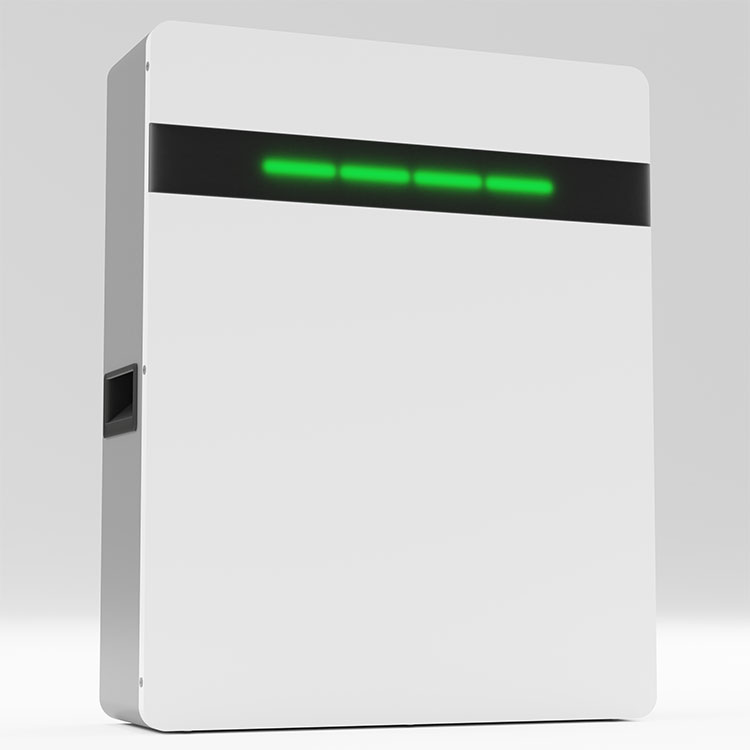Sony introduced the first lithium battery in 1991. Like all other new products that have swept the market, it had its pros and cons. As the commercial use of lithium batteries grew worldwide, many people wondered about the safety risks associated with them. For a long time, NiCd batteries were the only suitable option for wireless communications and handheld devices.
Once lithium-ion batteries entered the market, many people preferred to use them instead due to their various properties. Lithium is a very light metal with the highest electrochemical potential. Many attempts have been made to create rechargeable lithium batteries, but their instability has highlighted many safety concerns. Lithium batteries can rapidly increase in temperature and reach the melting point of the lithium metal itself, which can lead to violent explosions, which is why research has turned to making lithium-ion batteries, as they are a safer option, although, they must be monitored during charging and discharging. Their battery chemistry is so safe that they are now popular in the market because they have been around for a while.
Lithium-ion batteries are powerful. They have twice the energy of nickel-based and lead-acid batteries. They are different because they are very low maintenance. The batteries do not have a fixed scheduled cycle and the batteries can be kept safe for a long time without any regular recharging. It is very environmentally friendly, has no memory, and has a very low self-discharge rate.
Although it has a low energy density, many people want them to have a longer battery run time. That's how manufacturers ended up adding more active materials to the batteries, which eventually doubled the energy density since 1991. But all of this did have some consequences. As battery densities increased, manufacturing methods became more critical. A 2.4Ah battery cannot be spike tested without exploding. The right measures and precautions must be taken to ensure safe management.
The use of these lithium-ion batteries is increasing every day. Our laptops, cameras and cell phones use them to run smoothly. As a result of their use, many problems occasionally arise. These batteries are present in the billions of devices we use every day and can have super harmful effects. Most problems are directly related to overheating. Some metal particles may come into contact with other components of the battery, which can cause a serious short circuit. While many manufacturers work very hard to ensure that metal particles are not present during assembly, metal dust is much more difficult to eliminate due to its complexity and size.
Contamination from certain particles during the manufacturing process can lead to internal short circuits. Since these cells tend to self-discharge, a slight short circuit can cause a slight elevation during self-discharge and also generate heat due to the very low energy used during discharge. However, in some cases, a very high current is generated between the positive and negative plates due to the large number of tiny metal particles in the cell. This current can cause a temperature rise that can lead to a huge short circuit and cause the battery to catch fire. These batteries for standard laptop computers never reach temperatures above 130 degrees. Above that temperature, they become so hot and unstable that it emits a huge flame. After a few seconds, the

The cobalt chemistry in the batteries makes them toxic. They leak more than 50 gases, including the most dangerous, carbon monoxide. Cobalt poses a serious risk. If a lithium battery containing cobalt catches fire, the fire should not be extinguished with water, but left as it is. Many people are not aware of the dangers associated with overheating batteries. The emissions are very dangerous and have the potential to cause skin, nose and eye irritation. When a battery is fully charged and catches fire, a large amount of dangerous toxic gases are released because of the high concentration of these gases. This can be quite toxic to people and the environment. Since these batteries are used anywhere and in any environment, if these gases leak in a sealed and enclosed environment, they can cause serious injury.
Every device in the home may have a lithium battery installed. A child can easily use a remote control, watch or toy with these batteries lying around the house and possibly swallow them. If this happens, you should rush to the emergency room. Swallowing a battery can lead to many dangers and death because it can cause serious health problems as well as airway or throat burns. These batteries should be removed within 2 hours of swallowing to avoid serious consequences. To avoid this, make sure that the batteries are not easily accessible to children. Tape down all compartments of the device and check that all devices have childproof locking tools. Do not let any children play with the batteries at will.
99% of our devices use lithium-ion batteries. When storing a lithium-ion battery, you must make sure it is not empty. Over time, many batteries will leak and cannot be recharged if they are not charged when stored. Storing them at 0 degrees (i.e. 32 degrees F) is sufficient, as a constant temperature is important to ensure safe battery storage. Refrigerators are 34-38 degrees Fahrenheit, which makes this much easier. Make sure not to store the battery in a humid environment, so place it in a Ziploc bag and store it in the refrigerator.
